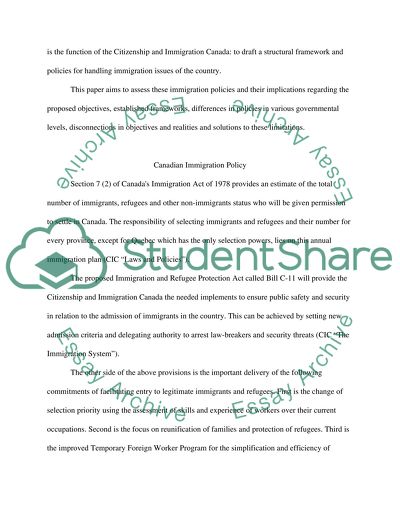Cite this document
(“Canada's Immigration Policy Essay Example | Topics and Well Written Essays - 2000 words”, n.d.)
Retrieved from https://studentshare.org/miscellaneous/1529923-canadas-immigration-policy
Retrieved from https://studentshare.org/miscellaneous/1529923-canadas-immigration-policy
(Canada'S Immigration Policy Essay Example | Topics and Well Written Essays - 2000 Words)
https://studentshare.org/miscellaneous/1529923-canadas-immigration-policy.
https://studentshare.org/miscellaneous/1529923-canadas-immigration-policy.
“Canada'S Immigration Policy Essay Example | Topics and Well Written Essays - 2000 Words”, n.d. https://studentshare.org/miscellaneous/1529923-canadas-immigration-policy.


